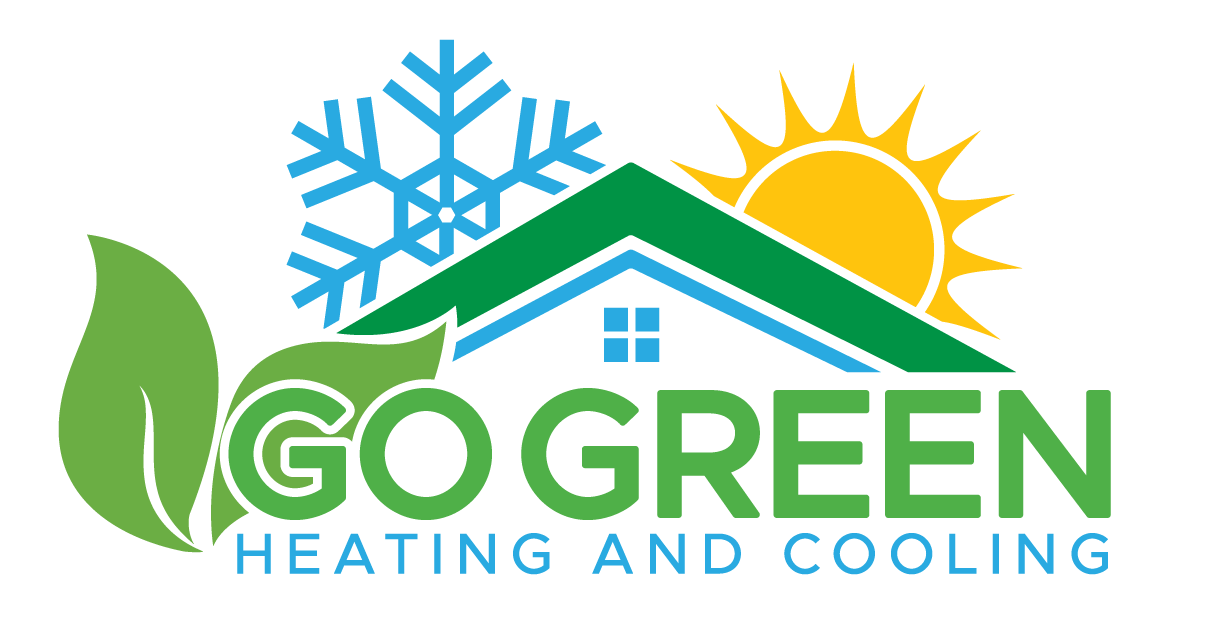Tired of sneezing indoors or dealing with musty air? Installing UV lights in your HVAC system could be the simple solution you didn’t know you needed. This blog explains how UV light works to clean your air, compares it to traditional air purifiers, and shares what to expect in terms of cost, maintenance, and results, so you can breathe easier at home.
Breathing Cleaner Starts with the Right Technology
Have you ever noticed how stuffy your house feels after being closed up for a while? The air we breathe inside can be filled with more than just dust—it might also carry mold spores, bacteria, and even viruses. Installing UV light for air purification in your HVAC system is a smart way to clean your air quietly, efficiently, and without bulky machines taking up space.
How UV Light Technology Works in Your HVAC System
UV lights are installed inside the air handler or ductwork of your HVAC system. These lights emit a special kind of ultraviolet light—ultraviolet germicidal light—that damages the DNA of microorganisms, making it impossible for them to grow or spread.
When placed near the coils or within the airflow, the ultraviolet light in air handler systems neutralizes mold, bacteria, and viruses before they get pushed into your home’s air supply. It’s a behind-the-scenes way of cleaning the air as it moves through your HVAC system.
UV Light vs. Air Purifiers: Which Is More Effective?
Air purifiers work by pulling air through filters that trap particles. They’re great for catching dust, pollen, and pet dander. But when it comes to killing germs, UV lights go one step further.
Unlike air purifiers that only trap contaminants, UV-C light actively kills them. This makes UV lights more effective against airborne pathogens that filters can miss. Plus, UV systems don’t require changing filters every few months—just a bulb replacement once a year or so.
Can UV Lights Kill Mold, Bacteria, and Viruses in the Air?
Yes, and that’s where UV lights shine. Mold, bacteria, and viruses can live and grow inside HVAC systems, especially in humid places like coils and drain pans. A UV light targets these dark, damp areas.
By breaking down the cellular structure of these microorganisms, UV lights help prevent them from circulating throughout your home. While no system is 100% perfect, UV lights can lower the presence of harmful airborne particles by a noticeable margin, helping your indoor air feel fresher and safer.
Cost of Installing UV Lights and Their Return on Investment
Installing UV lights isn’t overly expensive. On average, you can expect to spend between $300 and $800, depending on your HVAC setup and the type of UV system installed.
But think about the long-term value. Cleaner air means fewer allergy flare-ups, fewer sicknesses, and possibly even fewer calls to the doctor. You also extend the life of your HVAC system because UV lights keep the coils cleaner, which improves airflow and reduces energy use. When you factor all of that in, the return on investment becomes pretty clear.
Do UV Lights Reduce Allergens and Respiratory Issues?
Yes, UV lights help reduce allergens like mold spores and bacteria that can trigger asthma or allergies. They may not eliminate dust or pollen like a HEPA filter, but they work hand-in-hand with your HVAC system to kill the things that make respiratory symptoms worse.
Adding a UV light for indoor air quality isn’t just about comfort—it’s about supporting the health of everyone in your home. Many families notice fewer allergy symptoms, reduced odors, and better sleep quality after installing UV lights.
UV Light Maintenance Tips for Optimal Air Quality
To keep your UV light working properly, here are a few easy tips:
- Change the bulb once a year: Most UV bulbs lose effectiveness after about 12 months, even if they’re still glowing.
- Keep the area clean: Dust or grime on the bulb can block the UV rays. Wipe it down gently when you check it.
- Have a technician inspect it annually: During your HVAC tune-up, ask them to take a look at your UV system too.
It’s also worth noting that UV lights and ozone can sometimes be a concern. Make sure you install a system that doesn’t produce ozone or keep levels well within safe limits.
Conclusion
If you’re looking for a reliable way to improve indoor air quality, installing a UV light in your HVAC system is a solid choice. It works quietly in the background to fight off mold, germs, and airborne viruses—helping your family breathe cleaner air every day.
Want to take the next step toward a healthier home? Go Green Heating & Cooling specializes in UV light installation and other air quality upgrades. Contact them today to schedule a consultation and start enjoying fresher, cleaner air indoors.


Related Stories
The Cost Breakdown of Installing a Mini Split AC System
Mini split air conditioning systems are changing the way homeowners think about cooling. Whether you
May
Why Regular Chimney Cleaning Could Save Your Home—and Your Wallet
Nothing says comfort like a warm fire on a chilly night—but what’s going on inside
May
Should Ductwork Be Replaced After 20 Years?
When your HVAC system works hard to keep you comfortable, your air ducts play a
May
Why Dryer Vent Cleaning is Essential for Fire Prevention
Dryer vent cleaning isn’t just about keeping your appliance running better—it’s one of the simplest
May